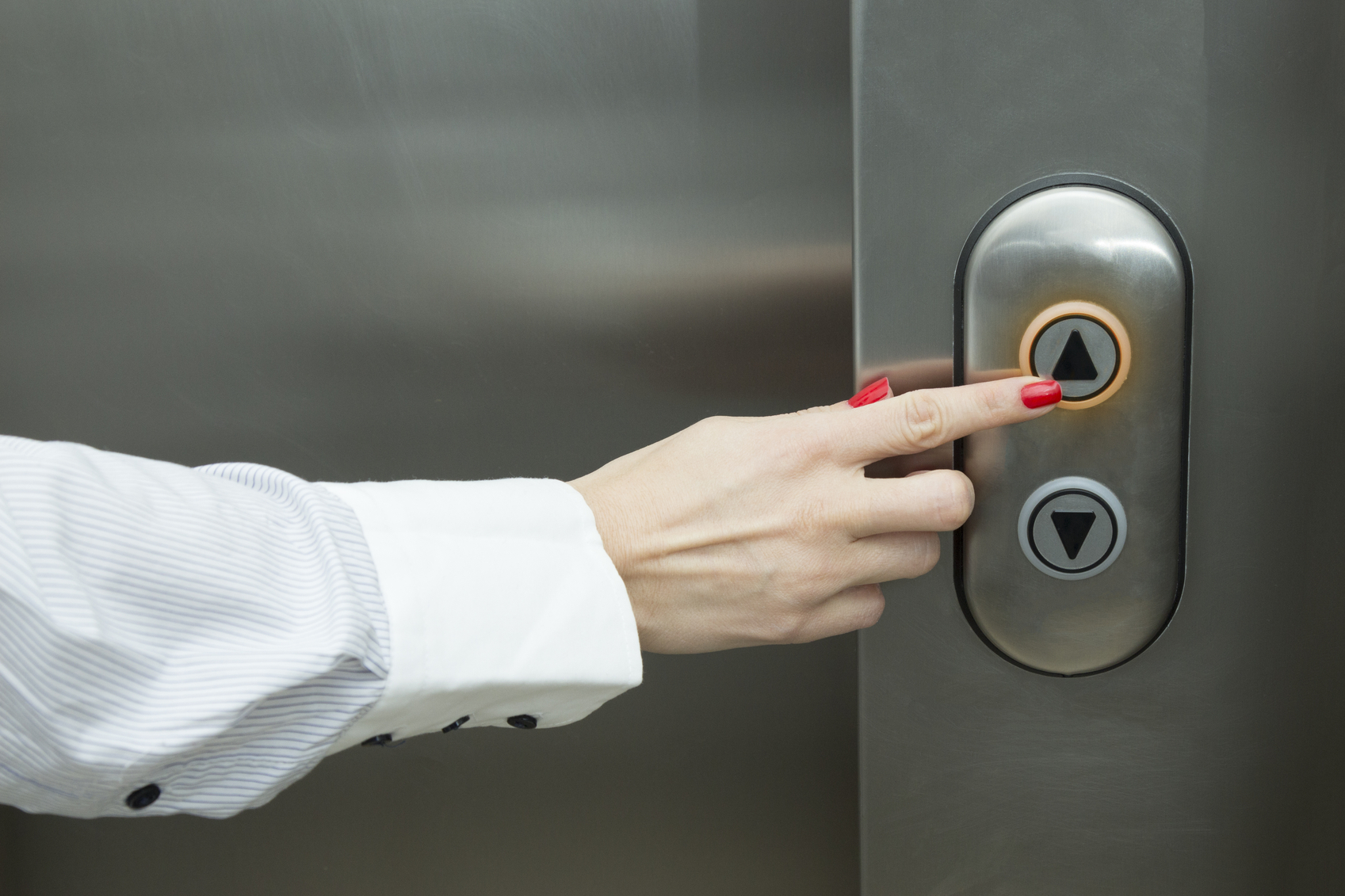Top Lift Companies in London: Offering Quality Installations and Maintenance
Top Lift Companies in London: Offering Quality Installations and Maintenance
Blog Article
Looking Into the Globe of Elevators: Usual Concerns Dealt With by Numerous Lift Devices
As we browse via the vertical transportation systems of modern-day buildings, elevators attract attention as a vital element of our lives. Nonetheless, behind their smooth operation lies a globe of intricate mechanisms that can sometimes run into obstacles. From hydraulic lifts to traction systems and machine-room-less designs, each lift kind comes with its set of usual problems. Understanding these challenges is vital for ensuring the smooth performance of these crucial systems. Let's discover the intricacies that underlie the procedure of elevators and the potential issues that can develop, clarifying the complex internet of lift systems.
Hydraulic Lifts
Hydraulic lifts, frequently chosen for low-rise buildings, make use of fluid pressure to regulate the activity of the lift car (lift repair companies). This system entails a hydraulic pump pressing oil into a cyndrical tube, causing the elevator to relocate in the desired direction. While hydraulic elevators are understood for their smooth and quiet operation, they do feature their own set of common concerns
One prevalent trouble with hydraulic elevators is oil leak. The seals in the hydraulic system can wear in time, causing oil seepage. This not just produces a mess but can additionally affect the elevator's efficiency if left unaddressed. Additionally, issues with the control system, such as damaged valves or a malfunctioning pump, can create disruptions in the lift's activity.
Regular upkeep and timely repairs are vital to ensure the smooth performance of hydraulic elevators. By attending to these typical concerns proactively, building proprietors can reduce downtime and guarantee the safety and security and efficiency of their vertical transportation system.
Traction Elevators
When taking into consideration upright transportation systems in structures, another usual type apart from hydraulic lifts is the traction elevator. Traction elevators operate using a system of ropes and counterweights that move the elevator car by clutching onto the hoist ropes. This mechanism allows for smoother and quicker upright transport compared to hydraulic systems.
One of the usual problems faced by traction lifts is rope wear. The consistent movement of the ropes within the traction system can result in wear and tear in time, possibly causing the lift to malfunction or come to be harmful for use. Routine evaluations and maintenance of the ropes are important to ensure the elevator's proper functioning and security.
Another problem that traction lifts may run into is connected to the control system. Problems with the control system can cause problems such as irregular activity, delays in reaction times, or even total closures. Normal screening and upkeep of the control system are critical to avoid such issues and guarantee the lift's reliability.
Machine-Room-Less (MRL) Elevators

Among the crucial parts of MRL lifts is the small gearless grip machine that is installed within the hoistway. This maker successfully drives the elevator cars and truck without the demand for large devices located in traditional grip lifts. In addition, MRL elevators normally make use of a counterweight system to stabilize the auto, more enhancing their power effectiveness.
Despite their advantages, MRL elevators might face obstacles connected to repair and maintenance as a result of the restricted area for equipment setup. Availability for servicing elements within the shaft can be limited, calling for specialized training for specialists. Correct maintenance timetables and normal assessments are crucial to ensure the ongoing smooth procedure of MRL lifts.
Overloading and Weight Limitation Issues
Straining and weight restriction concerns are essential issues in lift procedures. Lift producers style lifts with particular weight capabilities to make certain passenger safety and security and equipment long life.
When elevators are overwhelmed, it puts excessive stress on the motor, cables, and other parts, possibly creating malfunctions or breakdowns. Security devices such as sensors and overload sensors are in area to avoid lifts from relocating if they identify excess weight. Furthermore, surpassing weight restrictions can bring about enhanced power usage and wear and tear on the elevator system.
To reduce overwhelming concerns, building supervisors ought to prominently present weight restrictions in lifts and educate passengers on the value of adhering to these limitations - lift repair companies. Routine maintenance checks by qualified specialists can likewise help guarantee that lifts are operating within secure weight criteria. By resolving overloading and weight limit issues proactively, structure proprietors can boost lift safety and security and effectiveness
Electrical System Failings
Surpassing weight limitations in lifts can not only lead to mechanical problems yet additionally possibly contribute to electrical system failings within the lift framework. Electric go to website system failures are a crucial issue in lift procedure, as they can create unexpected shutdowns, Website malfunctions, or also safety risks.
In addition, power surges or variations in the electrical supply can likewise interrupt the lift's procedure, influencing its efficiency and security. These electric disturbances can harm delicate lift components such as control board, motherboard, or sensing units, causing system failures. Normal upkeep and assessments are important to determine and attend to prospective electrical concerns promptly, making sure the secure and efficient operation of lift systems. By sticking to weight restrictions and carrying out routine electrical system checks, structure owners can mitigate the risk of electric failings in elevators.
Verdict

Hydraulic lifts, typically favored for low-rise structures, make use of fluid stress to regulate the motion of the elevator car.When considering upright transport systems in structures, another typical kind apart from hydraulic elevators is the traction lift. Traction lifts run using a system of ropes and counterweights that relocate the elevator automobile by grasping onto the hoist ropes. Unlike traditional lifts that call for a separate maker room to house the tools, MRL elevators incorporate most of over here the elements within the shaft, getting rid of the demand for a devoted equipment area.In verdict, lifts encounter usual problems such as hydraulic malfunctions, grip system failures, and electrical system problems.
Report this page